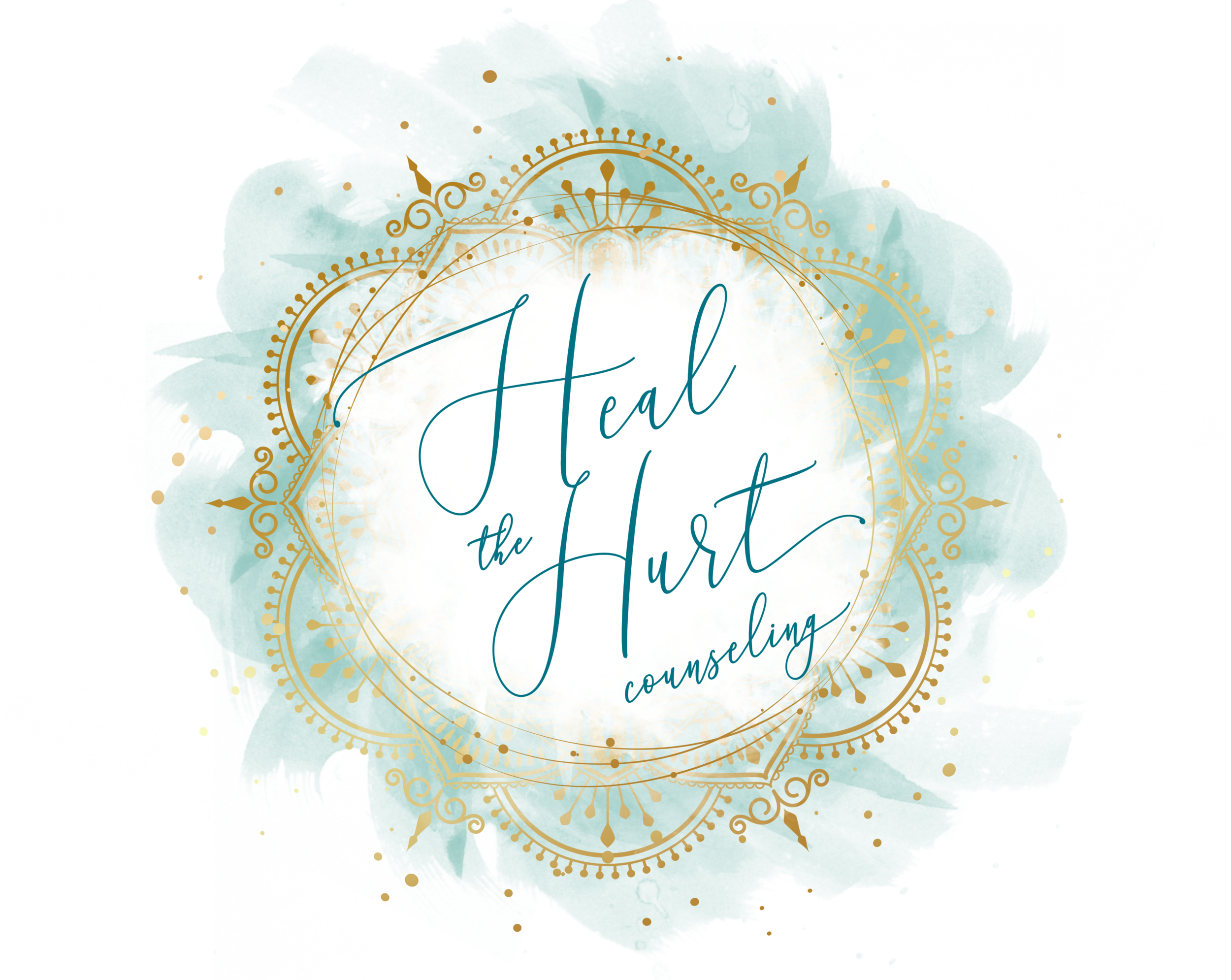ANXIETY MANAGEMENT TECHNIQUES
When deciding to make this blog, I wanted to be informative, truthful, and ultimately honest about who I am and what I do. With that in mind, please feel free to message me regarding any future topics you’d like me to discuss or if you have any questions!
When speaking with current clients and peers about my blog, I found that one of the biggest topics people wanted to read more about is anxiety management.
Through working with clients, I have found that EVERYONE experiences anxiety at some point in their lives. As a practitioner, I don’t believe in labeling, so to me anxiety is not a disorder. It is something we experience at certain times in our lives, especially when under great stress, and sometimes, for reasons unknown. I have had my overly anxious days and weeks. One of the reasons why I am so passionate about the subject is because I have seen how helpful anxiety management strategies can be first hand.
Anxiety has cognitive and somatic parts to it.
The cognitive part is feelings of chronic worry and preoccupation with those thoughts, as well as difficulty concentrating on tasks you need to do. It can occur all the time or during specific events or activities.
The somatic part is the physical sensations involved with anxiety. Some somatic symptoms include, shortness of breath, heart racing, trembling, sweating, and over all, feeling like you’re going to die. It is not fun.
When I get anxious, I have a great deal of physical symptoms. In those moments, I have to reach into my tool kit and use coping strategies. (For those of you who have never heard the phrase “tool kit”, therapists often work with clients to fill their tool kit with coping strategies and relaxation techniques that work specifically for them.)
Here is a list of coping strategies that have worked for me as well as many of my clients:
BREATHING: It sounds simple but it really works! Diaphragmatic breathing (or belly breathing) is usually the first coping strategy I teach my clients. During times of anxiety, we may feel dizzy, short of breath, or as though there is a knot in our throat. To reduce these feelings, lie down flat or sit up in a chair, whichever is more comfortable. Next put one hand on your belly and the other on your chest. You want to inhale into your belly. Inhale through your nose and slowly count to 4 or 5. Your belly should feel full and extended, hold for a count of 4 or 5, and then breathe out through your mouth for a count of 4 or 5. Doing this slowly (slow is important or else it can feel like you’re hyperventilating) three of four times, can help bring your body back to a more relaxed state. It is important to practice this strategy every day. I have discussed this in more depth in this Breathe In, Breathe out.
PROGRESSIVE MUSCLE RELAXATION: is an exercise in which you tense up particular muscles and then relax them. This is typically used preventatively or when anxiety is present but not overwhelming. Check out this link for step by step instructions: https://www.youtube.com/watch?v=9x3tl81NW3w
MEDITATION: Meditation is a practice where an individual focuses their mind on a particular object, thought or activity, to achieve a mentally clear and emotionally calm state. Meditation is all about practice. It is okay if your thoughts wander as long as you can come back to center and try again. For beginners, I’d recommend a guided mediation, where someone is guiding you through the process each step of the way. The apps I like for guided mediation are Insight Timer and Meditation.
JOURNALING: Journaling can help an individual access their thoughts and vent. I fully believe that the language you use to describe yourself and your life can affect how you feel and think. One of my favorite exercises with clients is called “Three a day” where clients write down three things in their day that were positive, uplifting, or progress towards a goal. It helps clients see all the times they were able to handle their anxiety as well as all the other goodness in their life.
PHYSICAL EXERCISE AND LIFESTYLE: I hate to be the one to say it but physical exercise is VERY important for anxiety. Physical exercise exerts endorphins which help you feel calmer and relaxed, even a 15 minute walk can help mellow your anxiety. Give it a try! Second, when it comes to lifestyle, reduces smoking, drinking, and eating unhealthy foods, can help your overall health which affects feelings of anxiety. Lastly, getting the inappropriate amounts of sleep can not only make you grumpy but also make you more susceptible to anxiety so try to get 7-8 hours a night.
